Launching a new idea or product is a complex process where timing can significantly influence success. Understanding when to introduce your innovation can mean the difference between rapid adoption and overlooked potential. While many focus on product quality and marketing strategies, the timing of a launch remains a critical yet often underappreciated factor.
Table of Contents
- Introduction: Understanding the Significance of Timing in Launching New Ideas and Products
- Theoretical Foundations: Why Timing Matters in Innovation and Market Entry
- Identifying the Optimal Days: General Principles and Patterns
- The Role of Cultural, Seasonal, and Economic Cycles in Launch Timing
- Case Study: Launching Le Zeus — A Modern Example of Timing Strategy
- Non-Obvious Factors Influencing Launch Timing
- Practical Tools and Methods to Determine the Best Launch Days
- Deep Dive: How Mythology and Cultural Symbols Can Influence Launch Timing
- Pitfalls to Avoid When Choosing Launch Days
- Integrating Timing Strategies into Overall Launch Planning
- Conclusion: Crafting a Timing Strategy for Maximum Impact
Understanding the Significance of Timing in Launching New Ideas and Products
The success of a new idea or product heavily depends on more than just its intrinsic value; timing plays a pivotal role. Historical data across industries demonstrates that products launched during optimal days tend to gain quicker traction. For instance, technology companies often release updates or products aligning with industry trade shows or seasonal demand peaks, boosting initial visibility.
However, many entrepreneurs and marketers harbor misconceptions, such as believing that a perfect product can succeed regardless of timing or that choosing the “best” day is a matter of luck. In reality, strategic planning based on research and data can systematically enhance launch success. This article explores how to identify those optimal days, supported by examples and practical tools.
Theoretical Foundations: Why Timing Matters in Innovation and Market Entry
Psychological and Behavioral Factors Influencing Consumer Receptivity
Consumers’ decision-making is influenced by psychological rhythms and behavioral patterns. For example, research shows that people tend to be more receptive to new ideas at points when their psychological engagement peaks, such as weekends or holidays, when they have more leisure time and mental bandwidth to explore new products.
Market Cycles and Seasonal Trends
Market cycles, including seasonal fluctuations, directly impact demand. For example, retail launches for holiday-themed products are most successful when timed before major shopping seasons. Similarly, tech innovations often align with industry trade events, such as Consumer Electronics Show (CES) in January, providing a strategic window for maximum exposure.
The Role of External Events and Societal Rhythms
External societal events, such as economic shifts or cultural festivals, can either bolster or hinder a launch. For example, launching a product during a major cultural festival can enhance visibility if the product resonates with the theme, as seen with mythologically inspired products like clovers, which often tie into cultural symbols for resonance.
Identifying the Optimal Days: General Principles and Patterns
Analyzing historical data reveals patterns where certain weekdays or periods yield higher engagement. For instance, product launches on Tuesdays or Wednesdays often outperform Mondays or Fridays, as initial consumer attention is higher mid-week. Weekends can be advantageous when targeting consumers with more free time, but they also risk being overshadowed by competitors’ launches.
Holidays and special events create natural windows of opportunity. For example, launching a new gaming console before Black Friday can capitalize on holiday shopping surges, while a fashion brand might introduce new lines ahead of seasonal festivals or cultural events.
| Day Type | Recommended Timing | Reason |
|---|---|---|
| Mid-week (Tuesday-Thursday) | Optimal for early-stage launches | Higher consumer engagement and media coverage |
| Weekends | Good for consumer-focused campaigns | Consumers have more free time |
| Holidays and festivals | Before major celebrations | Leverages societal excitement and disposable income |
The Role of Cultural, Seasonal, and Economic Cycles in Launch Timing
Cultural Calendars and Localized Timing Considerations
Different regions operate on diverse cultural calendars, affecting optimal launch timing. For example, launching a product just before Lunar New Year in East Asia can maximize exposure, as consumers prepare for festivities and gift-giving. Similarly, aligning releases with local festivals or national holidays can boost initial sales.
Seasonal Demand Fluctuations and Product Relevance
The seasonality of demand is crucial. For instance, outdoor equipment or fashion collections are best launched ahead of spring or summer. Conversely, indoor entertainment or home improvement products may perform better in colder months when consumers spend more time indoors.
Economic Indicators and Consumer Confidence Levels
Economic conditions influence consumer purchasing power. During periods of economic growth, launching new luxury or high-end products can be advantageous. Conversely, during downturns, budget-friendly or essential products may see better reception. Monitoring consumer confidence indices helps in choosing the right timing.
Case Study: Launching Le Zeus — A Modern Example of Timing Strategy
The Significance of Mythological Themes and Timing
Le Zeus, inspired by the powerful mythological figure, exemplifies how thematic resonance can amplify a product’s appeal when launched at the right time. Timing the release around cultural or societal symbols linked to Zeus, such as festivals honoring gods or themes of power and wisdom, can foster a deeper connection with target audiences.
How the Rephrasing Trend After 2022 Influenced Launch Strategies
Post-2022, a trend emerged emphasizing paraphrasing and rephrasing in branding, aligning with broader shifts towards authenticity and cultural awareness. For products like Le Zeus, leveraging this trend meant timing launches during periods when cultural reinterpretations are prominent, such as during global festivals or societal shifts, thus maximizing visibility and relevance.
The Importance of High RTP (96.26%) in Market Reception
High Return to Player (RTP) metrics, akin to market reception rates, indicate a product’s potential success. In the case of Le Zeus, a high RTP value demonstrated strong consumer interest, which was further enhanced by strategic timing aligned with societal rhythms and cultural symbols.
Non-Obvious Factors Influencing Launch Timing
Paraphrasing Trends in Branding and Marketing Post-2022
The shift towards paraphrasing in marketing reflects a broader desire for authenticity and cultural sensitivity. Timely rephrasing or reinterpretation of themes, especially around mythological figures like Zeus or Metis, can create a powerful narrative when launched during relevant cultural moments.
Historical Significance of Gods Like Zeus and Metis in Cultural Cycles
Ancient cultures revered gods like Zeus as symbols of authority and power. Modern launches that tap into these archetypes can resonate deeply when timed with societal shifts emphasizing strength or wisdom, often aligned with significant cultural or technological milestones.
Aligning Product Launches with Technological or Industry Milestones
Releasing products around industry-specific events—such as new software releases, hardware unveilings, or technological breakthroughs—can leverage industry momentum. For example, launching a mythologically themed product during a major industry conference can harness industry excitement and media attention.
Practical Tools and Methods to Determine the Best Launch Days
Decision-making in launch timing benefits from data-driven methods:
- Data Analytics and Predictive Modeling: Using historical sales data, consumer behavior analytics, and machine learning models can forecast high-opportunity days.
- Social Media Activity and Engagement Patterns: Monitoring peaks in online activity and trending topics helps identify moments when audiences are most receptive.
- Expert Consultations and Industry Insights: Consulting with industry veterans and using market intelligence reports ensures alignment with broader trends.
Deep Dive: How Mythology and Cultural Symbols Can Influence Launch Timing
Using Mythological Figures Like Zeus to Create Thematic Resonance
Mythological symbols evoke deep cultural associations. Launching a product inspired by Zeus during festivals honoring deities or during societal focus on wisdom and power can enhance thematic resonance. For example, aligning a product’s release with the Olympic Games—an event historically linked to gods—can amplify its symbolic meaning.
The Strategic Timing of Launches Around Cultural Festivals and Events
Cultural festivals are prime opportunities. For instance, launching a mythologically themed product before Diwali or Chinese New Year taps into heightened consumer activity and cultural significance, creating a fertile environment for market penetration.
Case Examples of Successful Mythologically Themed Product Launches
Brands have successfully timed launches around mythological themes. A notable example is the release of a game based on Norse mythology during the winter solstice, leveraging the cultural symbolism of rebirth and power, leading to increased media coverage and consumer interest.
Pitfalls to Avoid When Choosing Launch Days
- Overgeneralization of ‘Best’ Days: Relying solely on generic advice without localized or industry-specific data can backfire. For example, launching a product on a globally favorable day might clash with regional holidays or crises.
- Ignoring External Events or Crises: Natural disasters, political upheavals, or economic downturns can derail even well-timed launches.
- Underestimating Pre-Launch Marketing Timing: Starting marketing efforts too late or too early can diminish impact. Synchronizing pre-launch campaigns with the actual launch day ensures maximum visibility.


